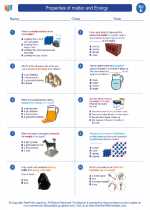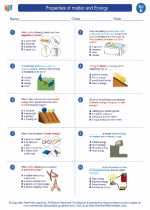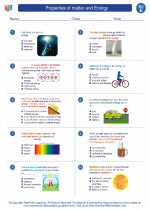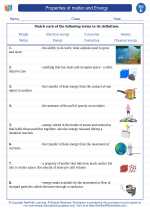Geological Context
The Ordovician period was part of the Paleozoic era, which is known for the diversification of marine life and the colonization of land by plants and animals. It followed the Cambrian period and preceded the Silurian period.Climate and Geography
During the Ordovician period, much of the Earth was covered by warm, shallow seas. The climate was generally mild, although there were fluctuations in temperature over time. The continents were clustered together in a supercontinent called Gondwana, while other landmasses were scattered across the equator.Life Forms
The Ordovician period saw the emergence of a wide variety of marine life forms, including early fish, arthropods, corals, brachiopods, and trilobites. Some of the first land plants also appeared during this time, paving the way for terrestrial ecosystems to develop.Mass Extinction
Toward the end of the Ordovician period, a significant mass extinction event occurred, likely due to a combination of climate change, glaciation, and changes in ocean chemistry. This event had a major impact on marine life, particularly brachiopods and trilobites.Study Questions
- What are the major geological events that occurred during the Ordovician period?
- How did the climate and geography of the Earth change during the Ordovician period?
- Describe some of the key marine life forms that emerged during the Ordovician period.
- What were the factors that may have contributed to the mass extinction at the end of the Ordovician period?
[Ordovician] Related Worksheets and Study Guides:
.◂Science Worksheets and Study Guides Fifth Grade. Properties of matter and Energy
Study Guide Properties of matter and Energy
Properties of matter and Energy  Worksheet/Answer key
Worksheet/Answer key Properties of matter and Energy
Properties of matter and Energy  Worksheet/Answer key
Worksheet/Answer key Properties of matter and Energy
Properties of matter and Energy  Worksheet/Answer key
Worksheet/Answer key Properties of matter and Energy
Properties of matter and Energy  Vocabulary/Answer key
Vocabulary/Answer key Properties of matter and Energy
Properties of matter and Energy  Vocabulary/Answer key
Vocabulary/Answer key Properties of matter and Energy
Properties of matter and Energy 

 Worksheet/Answer key
Worksheet/Answer key
 Worksheet/Answer key
Worksheet/Answer key
 Worksheet/Answer key
Worksheet/Answer key
 Vocabulary/Answer key
Vocabulary/Answer key
 Vocabulary/Answer key
Vocabulary/Answer key

The resources above cover the following skills:
PHYSICAL SCIENCE (NGSS)
Matter and Its Interactions
Students who demonstrate understanding can:
Develop a model to describe that matter is made of particles too small to be seen.